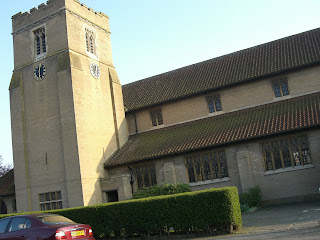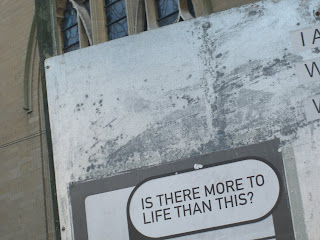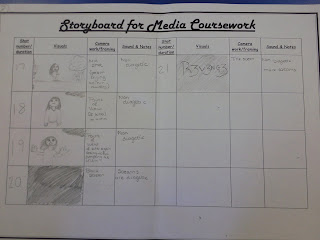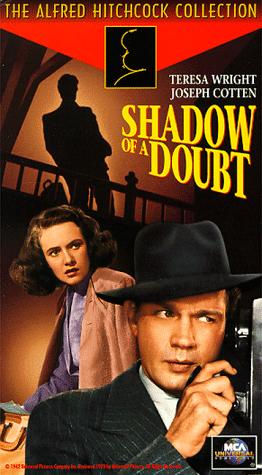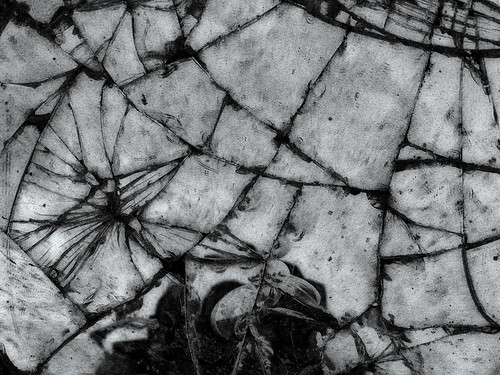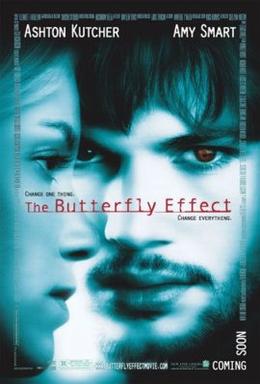Here is the final product for our practical coursework. We converted it into Quick Time and also posted it onto YouTube.
Evaluation of finished production.
Our media product does use and develop some of the forms and conventions of real media products. Contrapuntal music is used as the soundtrack. It is a haunting piece which is played throughout, and sounds out of place with the past happy scenes. This hints at the later subverting of this happy image - in which one of the girl's is seen lying dead on the floor after being killed by her best friend. This murder is a commonly used thriller convention, basing the film around a crime committed; again murder being the most exploited concept. It could also be argued that our thriller has a complex narrative structure including false paths at the very beginning of the production (at the beginning it seems that the girl is mourning the loss of her friend, but instead she is reminiscing over the murder she committed to her friend). The title also recognises the psychological state of the protagonist as the victim comes back to haunt the killer for 'Revenge'.
The media groups represented in our thriller are mainly teenage girls. It can be seen as stereotypical as the girls are seen to have held strong grudges against each other - suggesting that females' actions are emotionally-orientated. As seen in our production, this can lead to tragedies/disasters such as murder as the emotional thoughts are acted out in physical violence. No other groups are being represented as such in the thriller. However, a positive aspect of teenage girls' lives are being reflected in the on-screen performance of the happy, 'best-friends-having-a-good-time-together' scene in the park. Girls are typically known for having close emotional bonds with other girls, however it is later shown that these emotions can become extreme.
One media institution which might distribute my production could be Hammer Film Productions. This is a production company whose focal point are distributing thrillers, horrors and science-fiction films. This is good, because this means that the company have well-developed experience in how to distribute a thriller successfully. Some of the psychological thrillers also distributed by this company are known to be low budget and in black and white - features that are also reflected well in my own production.
The audience which we aimed our project at would be between 16-25 year old male and females. Any younger and it could have been too scary or haunting for the children and this would not have been acceptable. We had considered our target audience when carrying out the questionnaire made before finalising our collaborated ideas.
To entice our target audience we centralized our plot/storyline around teenage characters. This hopefully means that the audience can, to an extent, can relate or understand what is going on. Also, with good times showing groups of best friends together at the park can also reflect a lot of youngsters lives/social lives. Having a focused character age range could draw the attention of teenagers as they do not want to have to be concerned with the responsibilities of adults (no interest). This could have been a reason for the huge success of the TV drama Skins, which has recently received a BAFTA. So a thriller with similar conventions could reach the target audience as successfully - but in context of a film not a TV Drama.
Throughout the process of constructing this product I have learnt a great deal about technology and the way things work whilst constructing my own production. From the beginning, each stage has offered different aspects to work with and develop on. Since I directed the whole of the thriller project, I gained valuable experience of how to work with the camera and learned how to move the camera. From panning and tilting camera movements, to zooming in and out of selected objects/props; I learned how to improve smoothness of these camera techniques. Also, through hours of solitary editing, I started understanding how to use and test the software we used (iMovie). Making sure the scenes were cut down to exactly the right moment for the following scenes to flow was the most challenging part, but after some practise it all worked out just fine. Using transitions and effects discovered helped the production to flow more, unless jump cuts were needed for a certain effect for the audience.
All of this could not have been done as effectively if it was not for the trial and errors encountered when creating our preliminary exercise. The problems included a poor continiuity following, meaning the action did not flow (one shot showed actors in one position, next shot was completely different). Seeing this made me realise that we needed to be more careful in the positioning of our camera each time we moved it. For it to be successful, we didn't want it to be completely out of place if it wasn't necessary.
Overall I think it came out better expected, as my idea of the camera moving into the frame then following through straight to the past was rather difficult - and it seemed at times it might not work. However, with the extra hours during lunch and after school, all the hard work came together quite well. More clips could have been added, but due to the time constraint we left these out.
